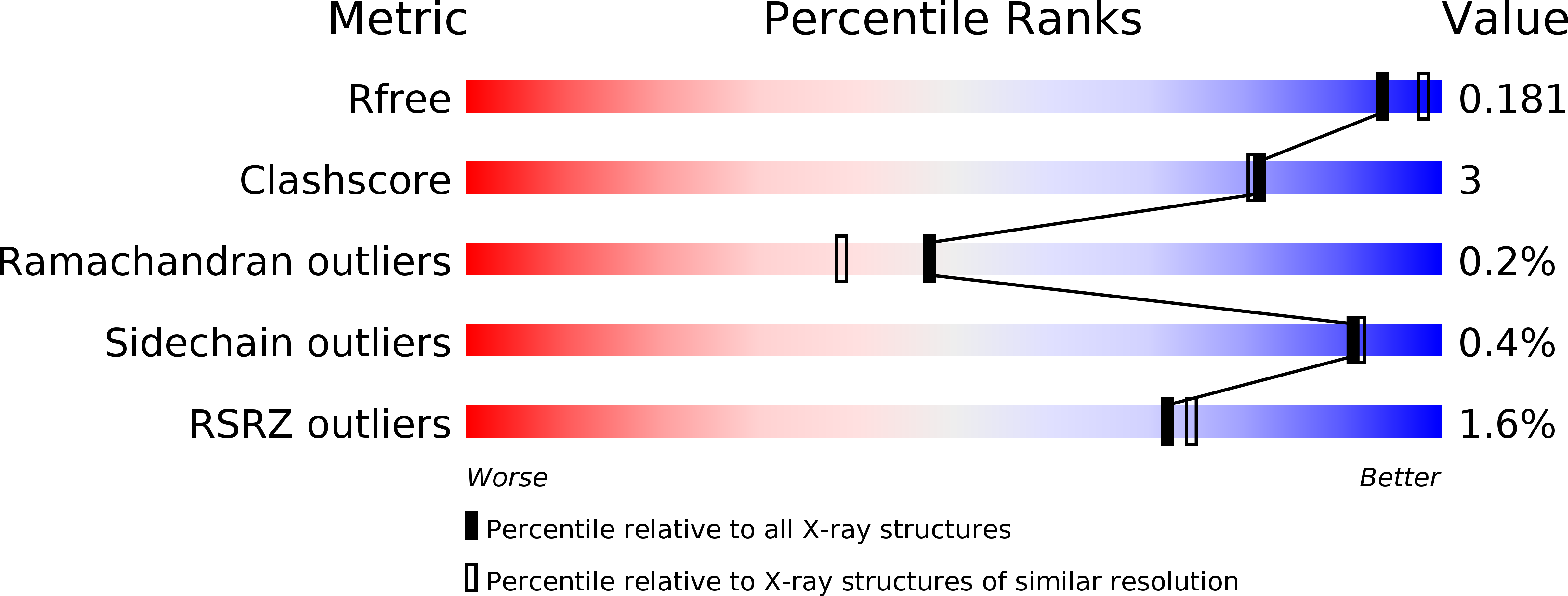
Deposition Date
2009-07-29
Release Date
2009-10-27
Last Version Date
2024-03-20
Entry Detail
PDB ID:
3IGZ
Keywords:
Title:
Crystal structures of Leishmania mexicana phosphoglycerate mutase at low cobalt concentration
Biological Source:
Source Organism:
Leishmania mexicana (Taxon ID: 5665)
Host Organism:
Method Details:
Experimental Method:
Resolution:
1.90 Å
R-Value Free:
0.18
R-Value Work:
0.15
R-Value Observed:
0.15
Space Group:
P 21 21 21


